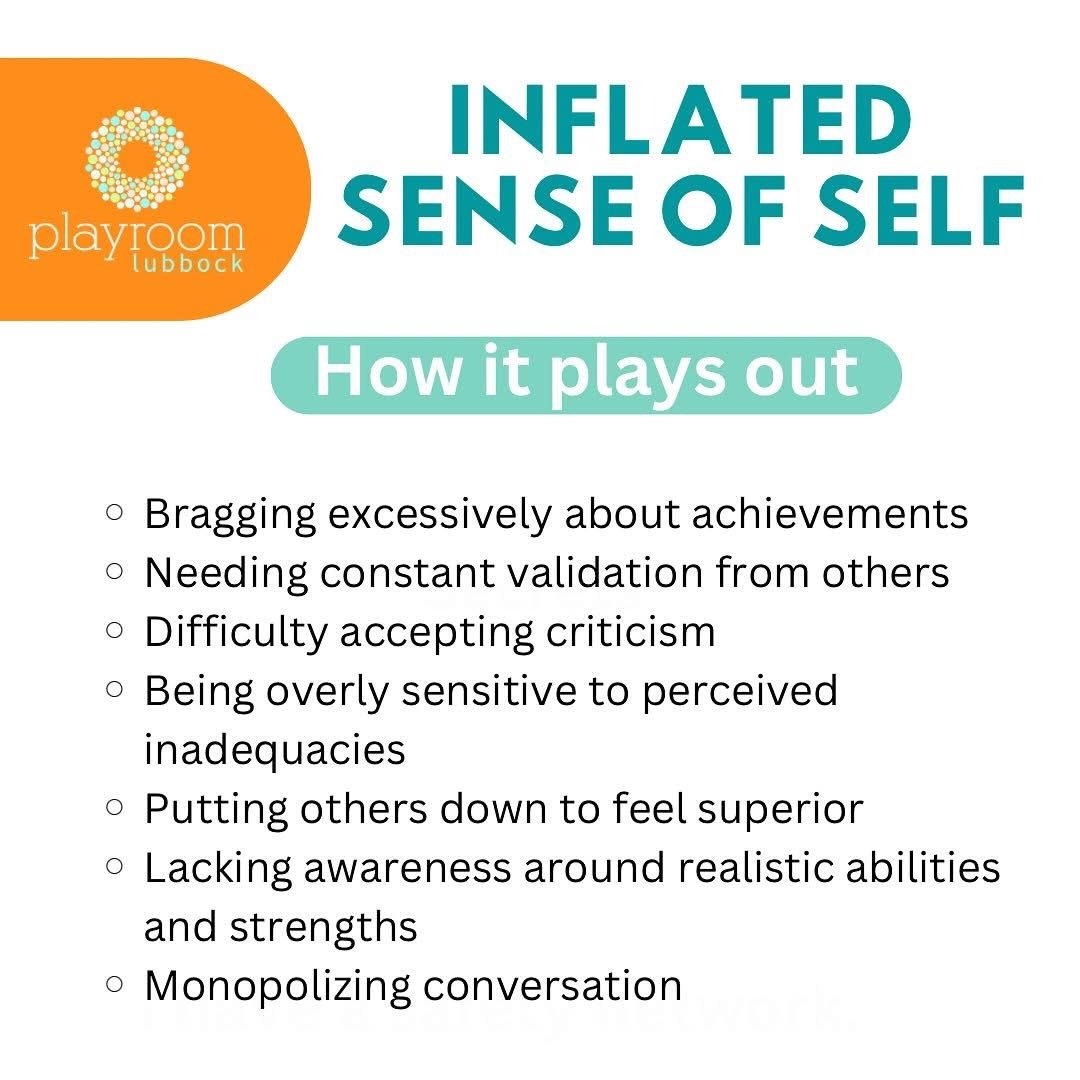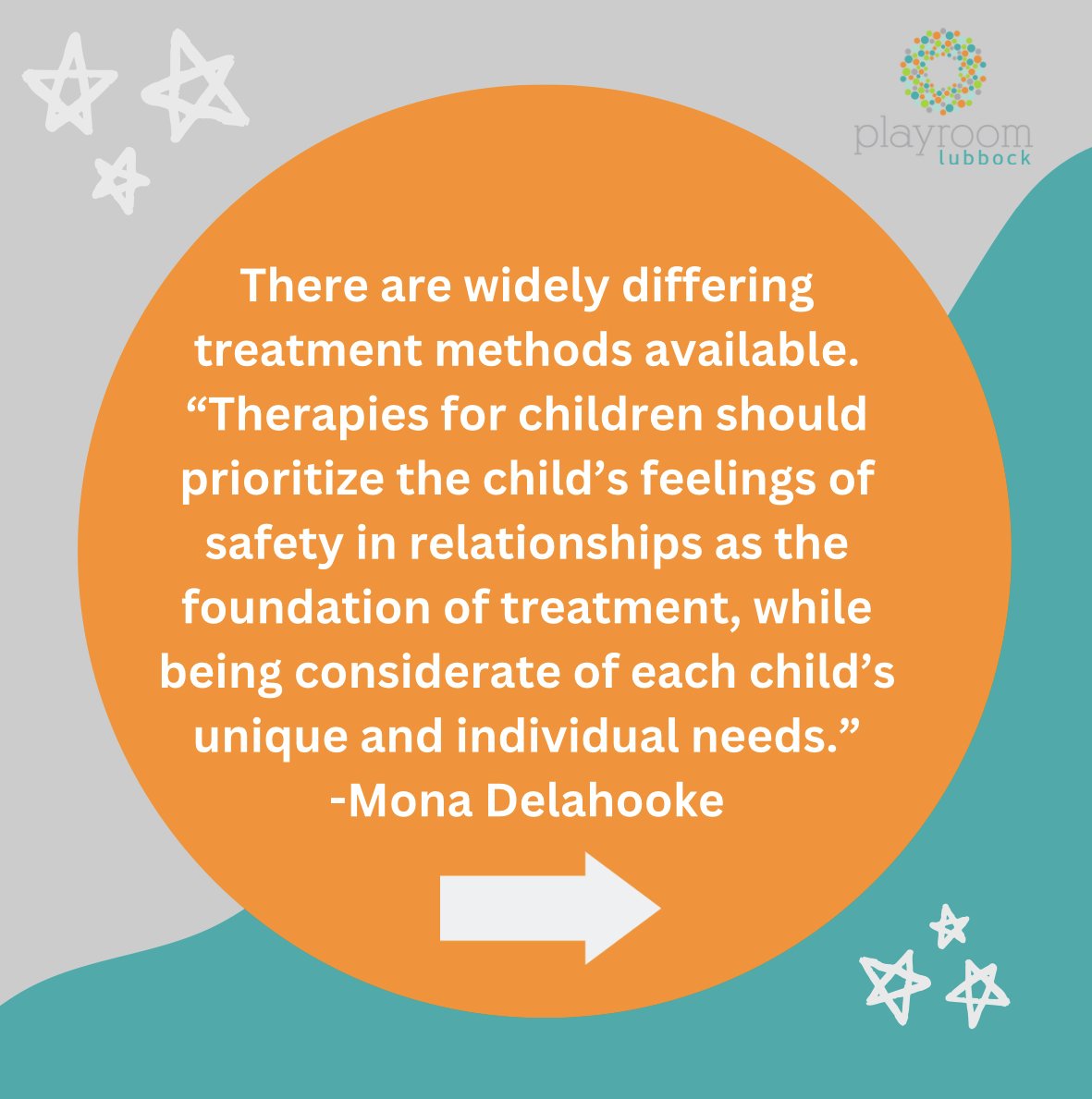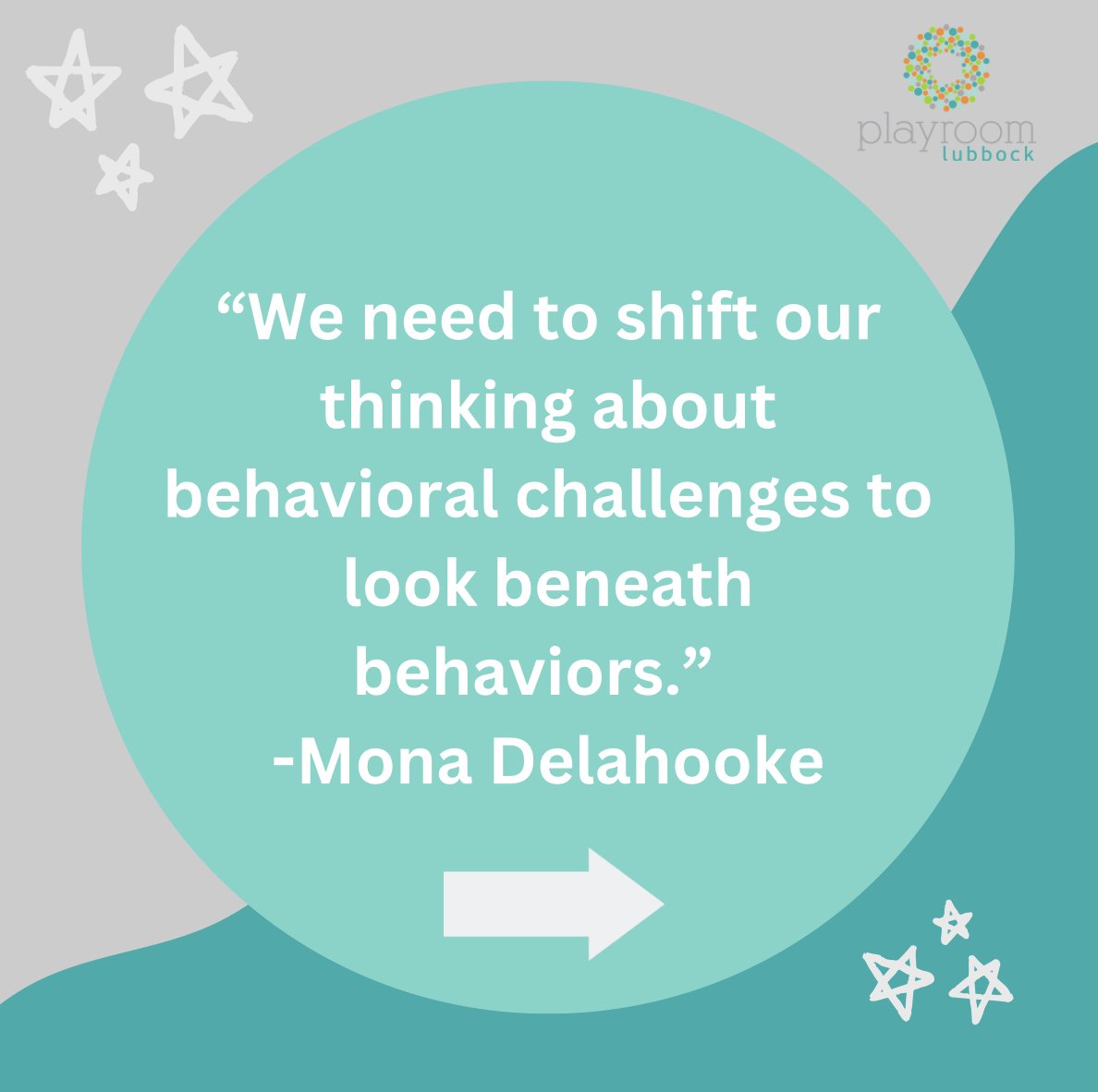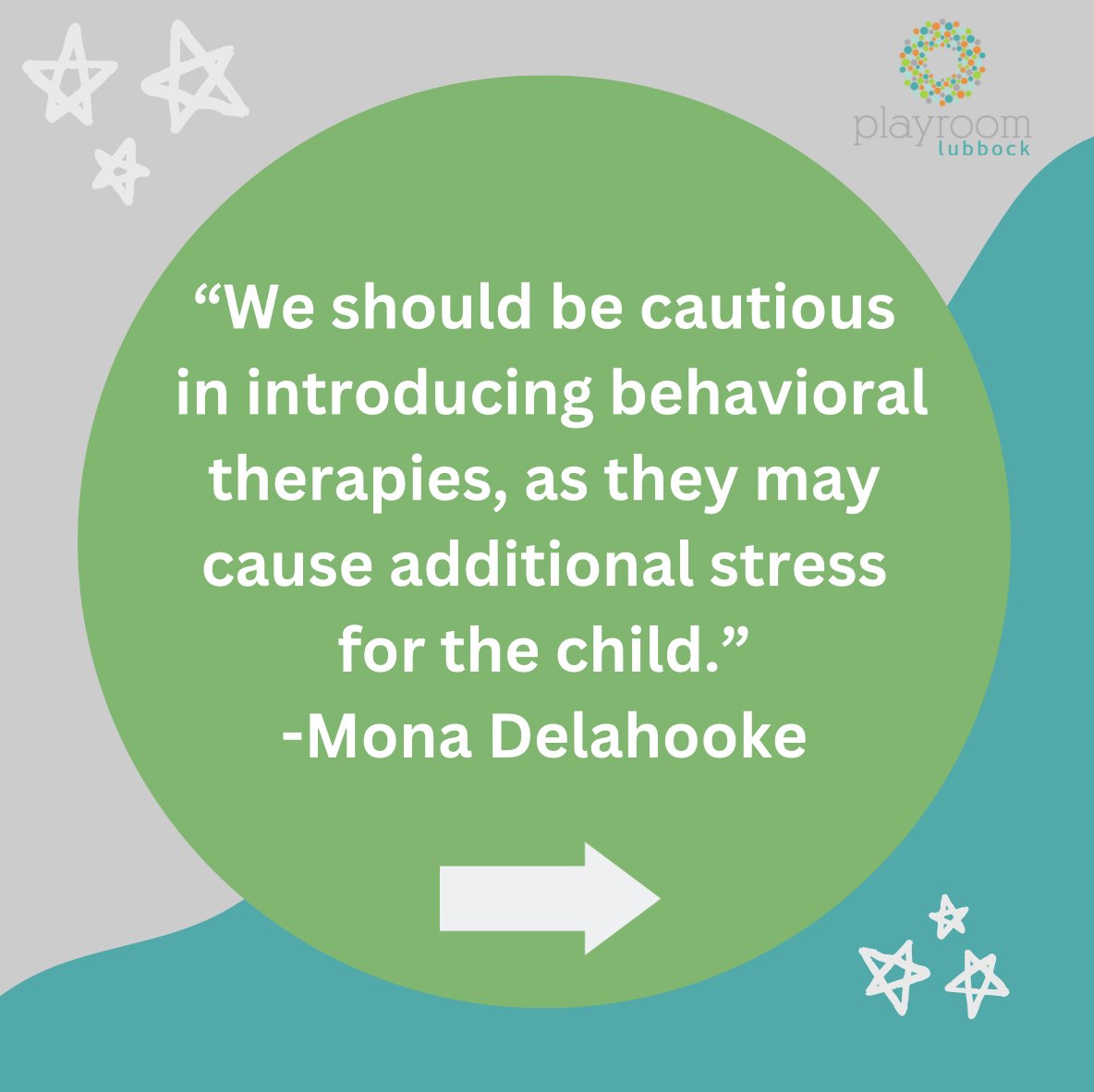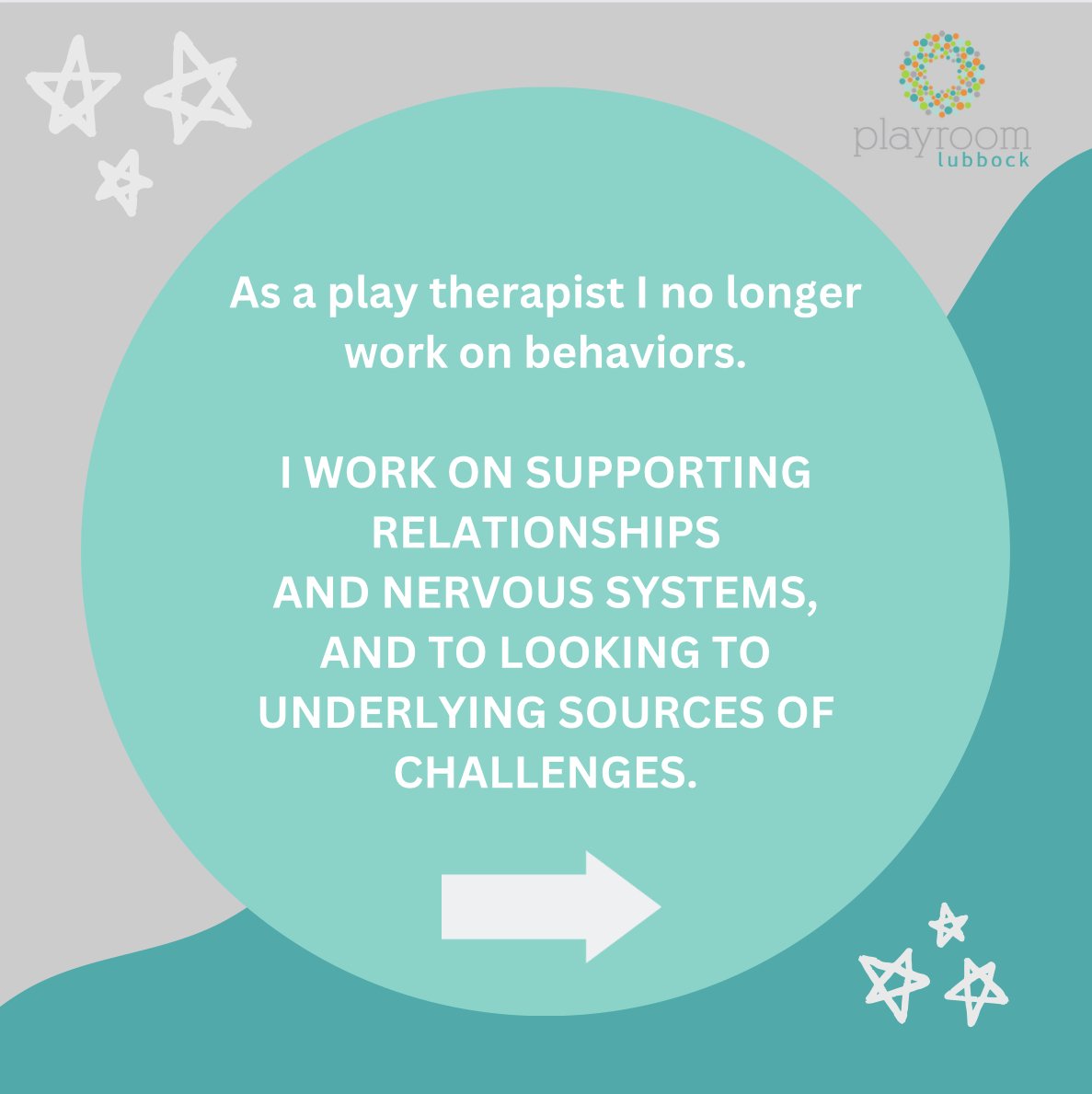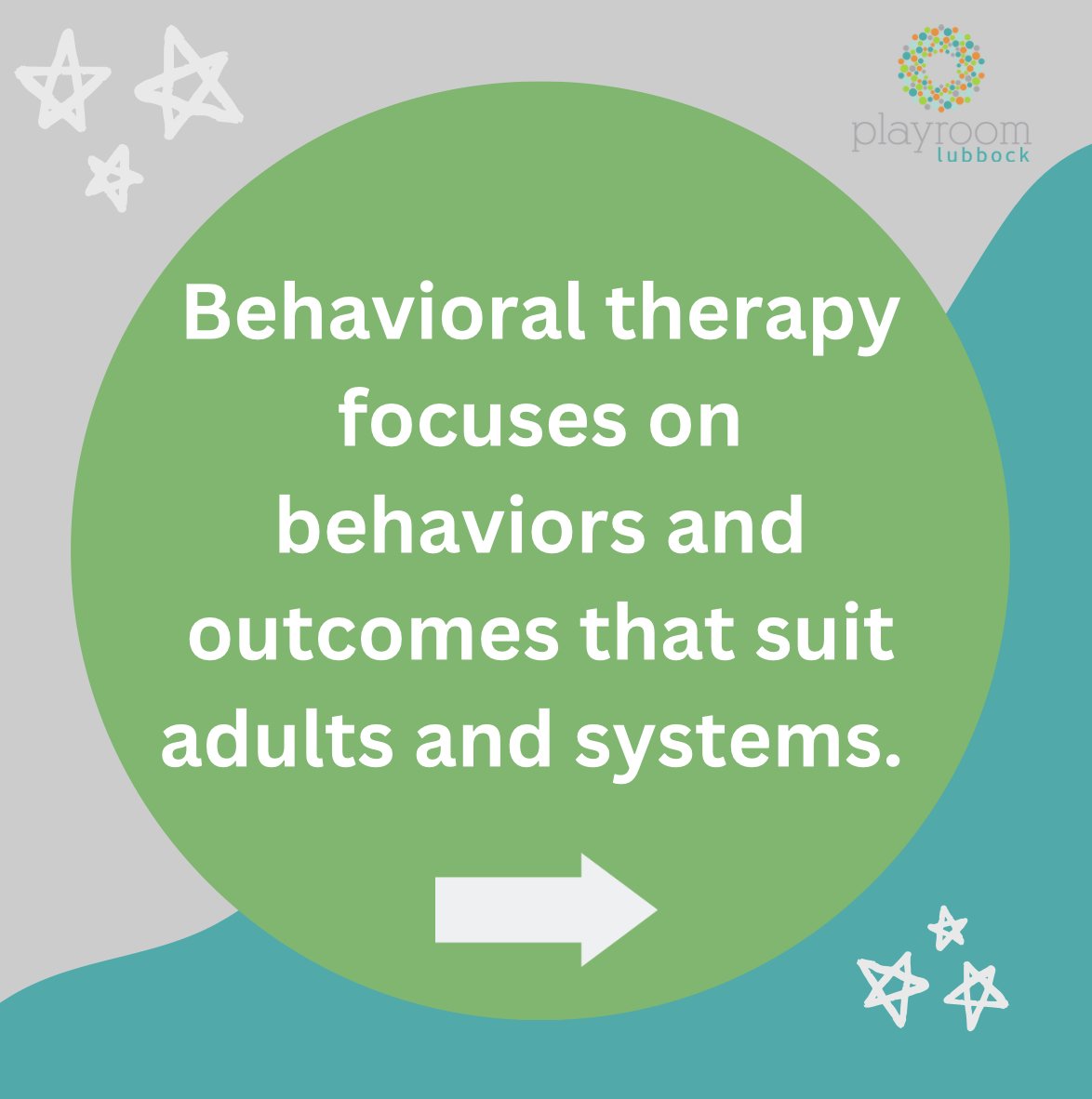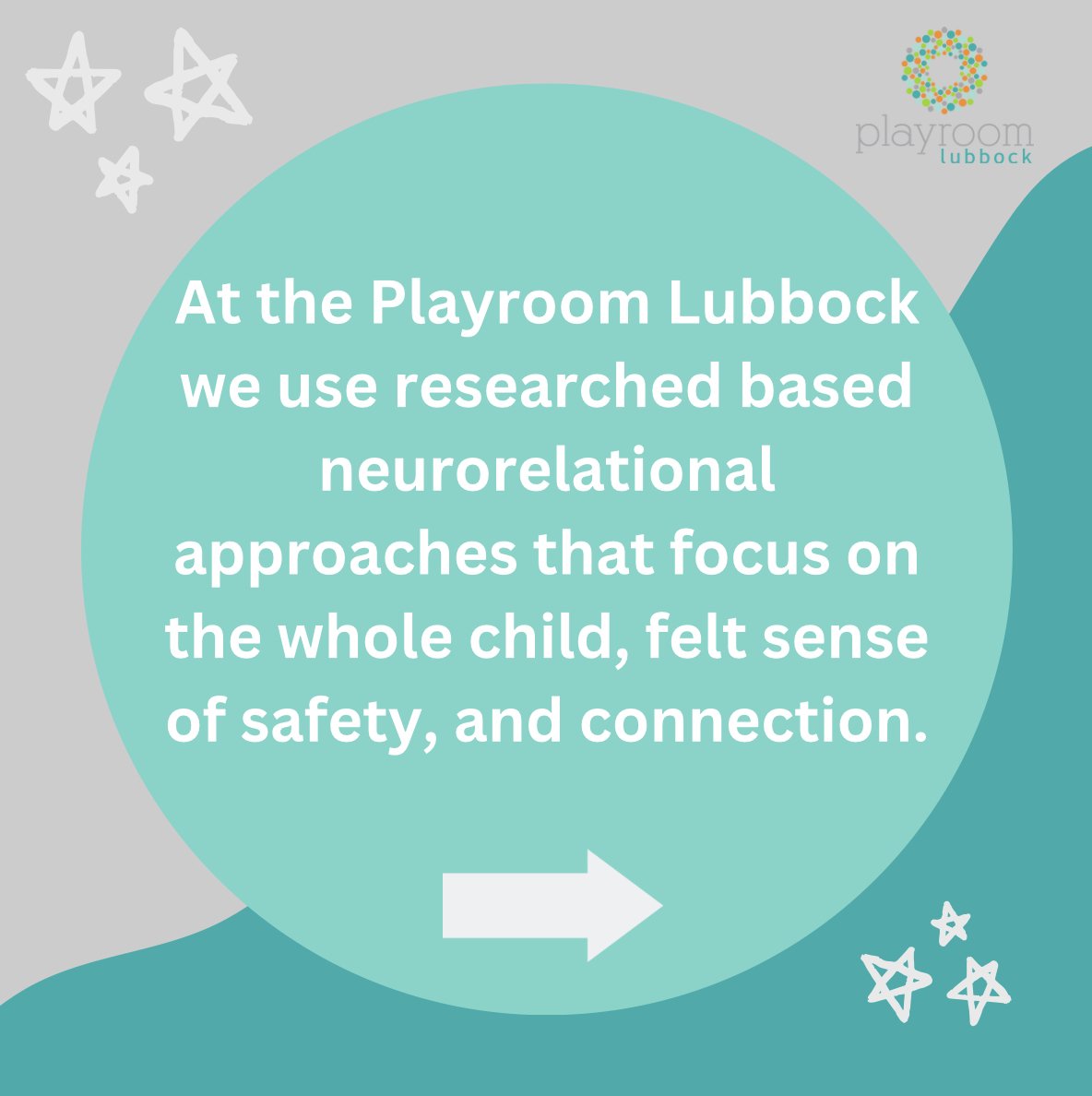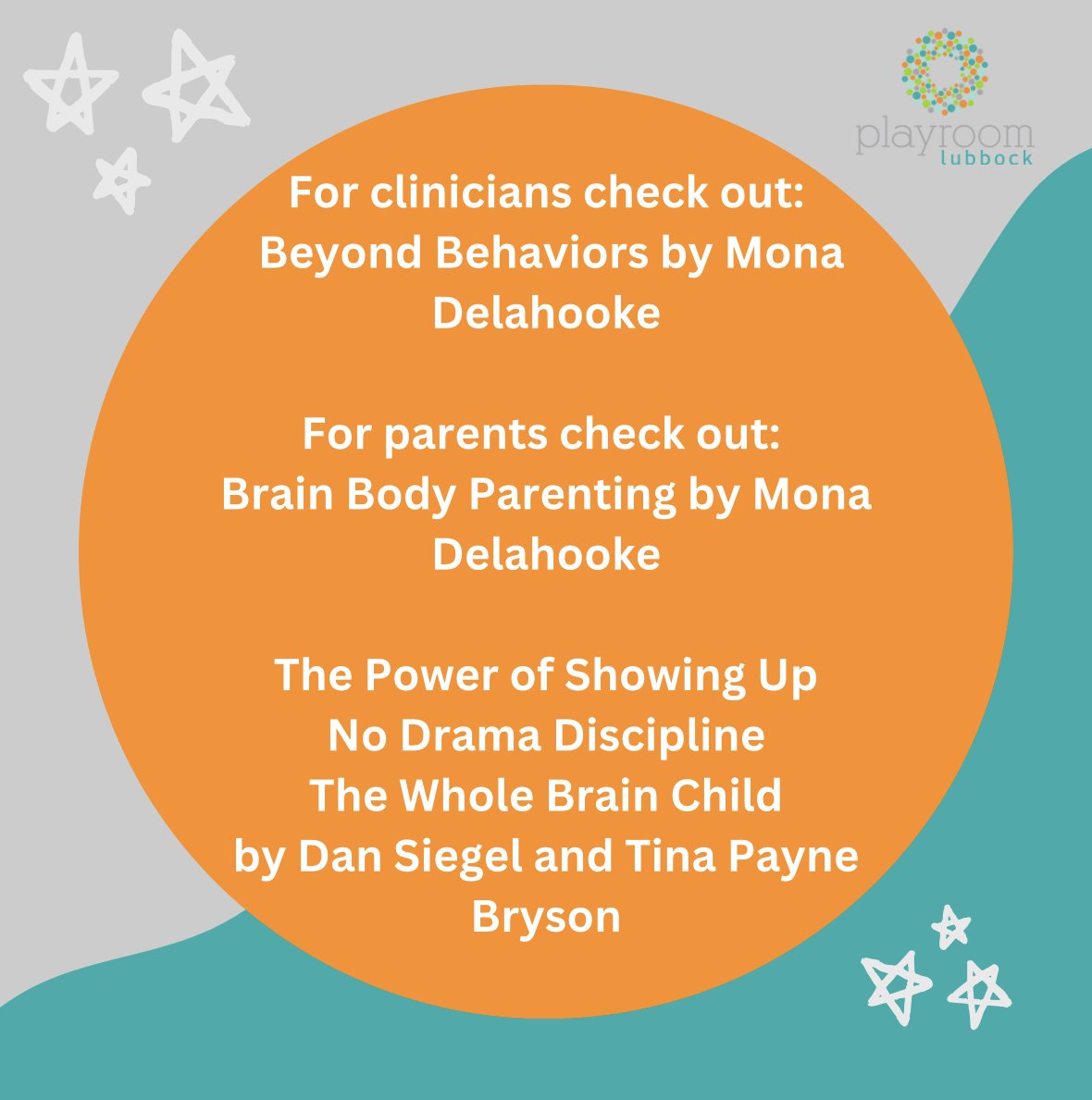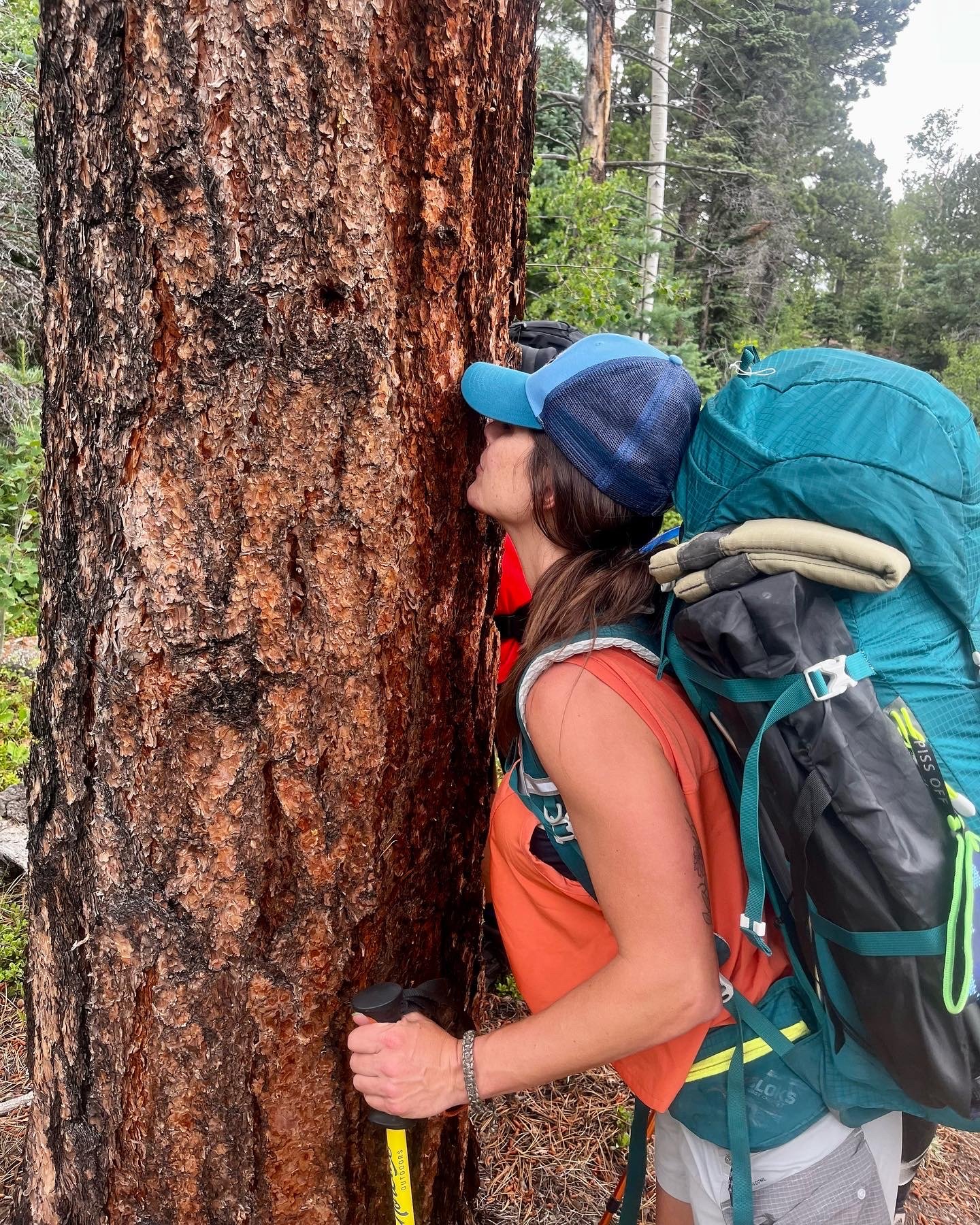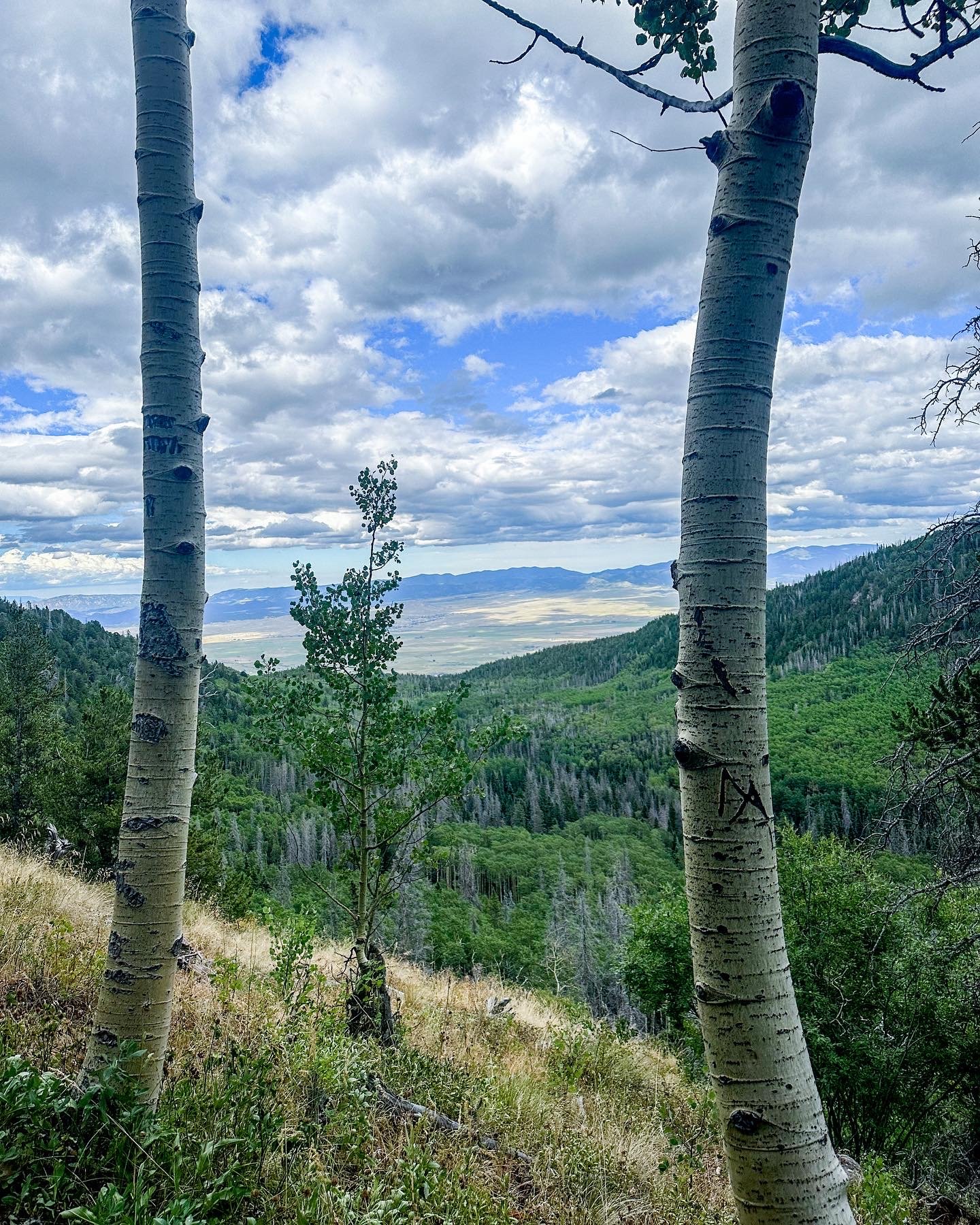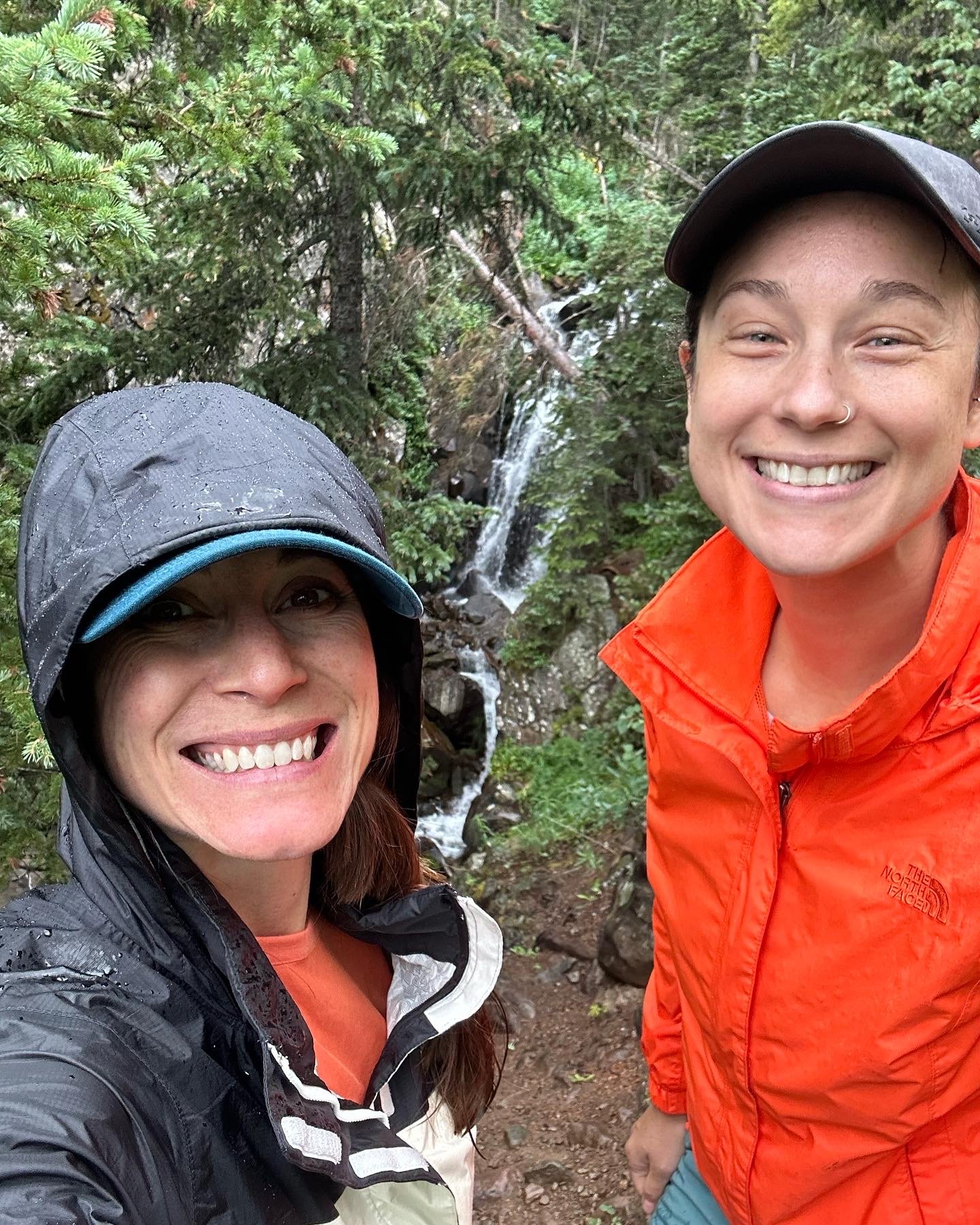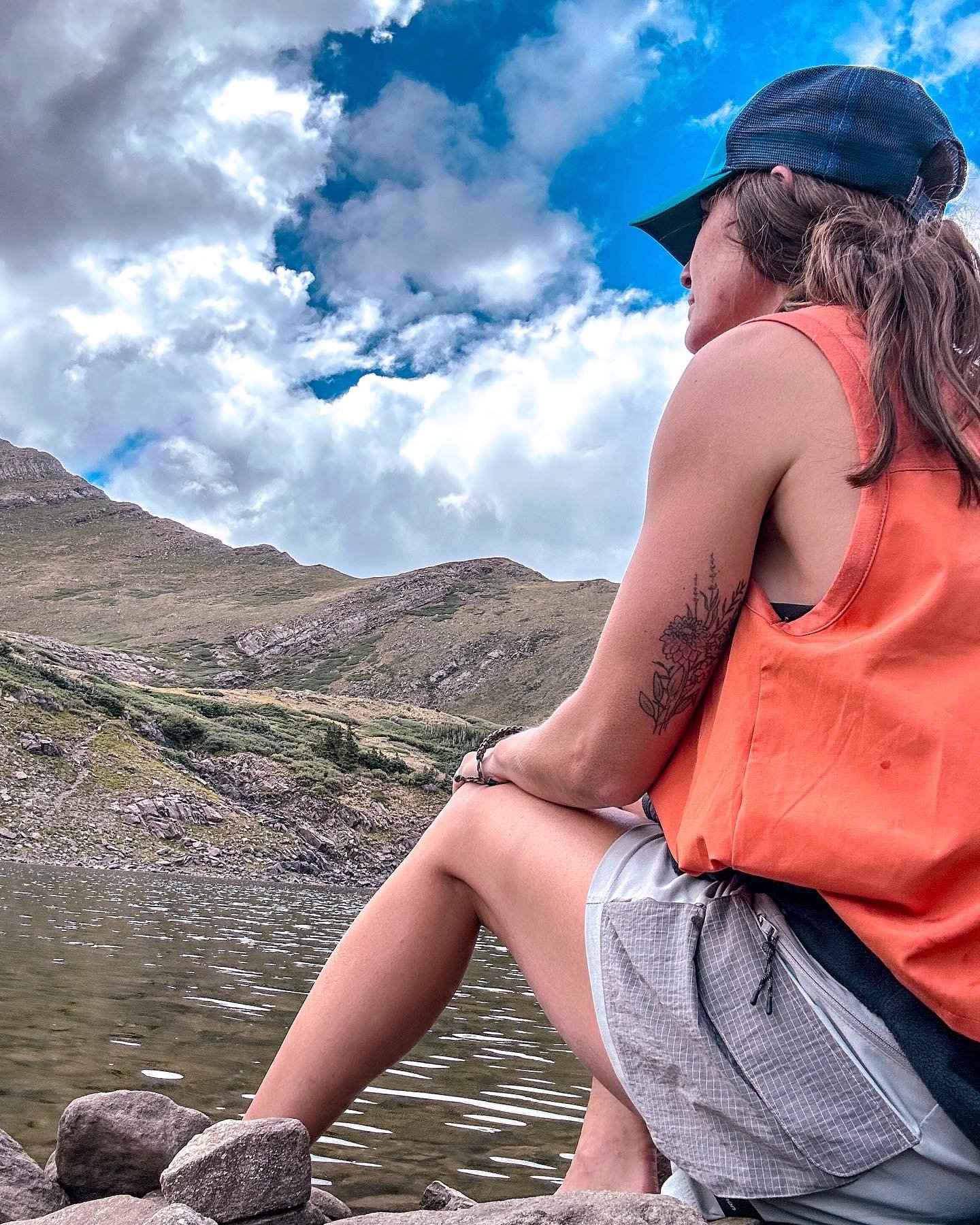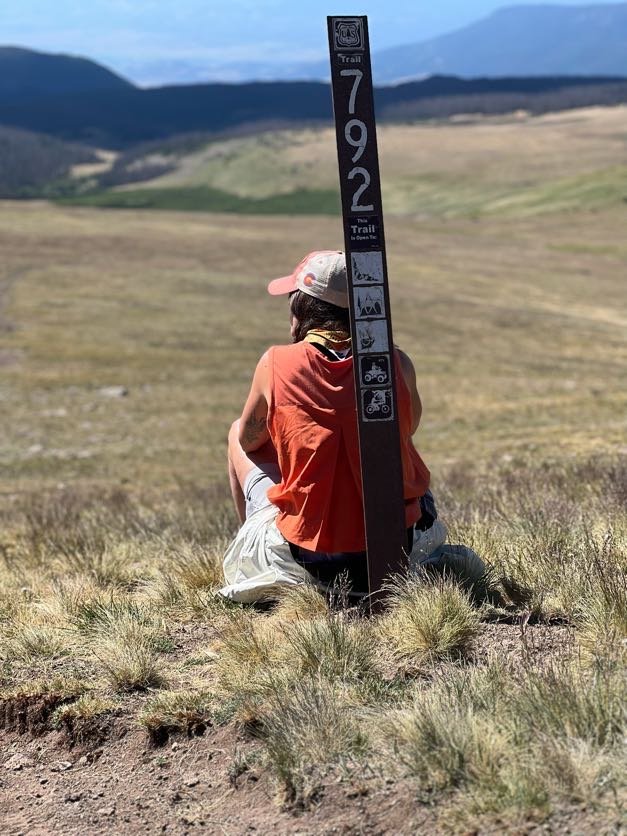You know those tall, wavy air dancers outside stores? This week I was driving by Dusty Coast Sodas on Slide Road in Lubbock, TX. Their cactus inflatable air dancer caught my attention and spoke directly to my nervous system. Their intent was to lure me to pull into their drive-thru and order a soda. Instead, it waved a metaphorical message that I’m sharing now. These inflatable air dancers are wild, unpredictable, sometimes goofy—but they stay up as long as the air is flowing. That’s coping.
While the video above is neither a cactus, nor in Lubbock (we don’t have palm trees), it’s a visual nonetheless. Here’s how the metaphor plays out:
1. The Airflow = Your Coping Strategies
The dancer only stands because of the constant air being pumped in. That’s what coping is: the breath of support/connection, nervous system regulation, grounding, or comfort you use to stay upright during hard times. When the fan turns off, the dancer collapses—just like we do when we’re overwhelmed with no coping or regulation tools.
2. It’s Not Graceful, But It Works
The air dancer flails, dips, bends awkwardly—but it doesn’t fall. Coping doesn’t have to look smooth or polished. Crying, going on a walk (or crying on a walk); confiding in a friend, taking a nap, head-banging to music; using a sensory strategy, journaling—it might look messy, but it’s keeping you upright.
3. It Responds to Pressure and Wind
The dancer gets blown around by outside forces—just like we’re shaped by stress, trauma, or emotions. But with enough air inside (support and regulation), it adjusts and keeps moving.
4. You Need a Power Source
Coping takes energy. That power might come from relationships, routines, therapy, rest, and proper nutrition. Without that connection to something steady, it’s hard to keep your air flowing.
So if you feel like you’re flailing, that’s okay. You’re still standing. You’re still dancing.
Coping isn’t about stillness or perfection—it’s about movement, staying connected to your body, and showing up even when the wind hits hard.








